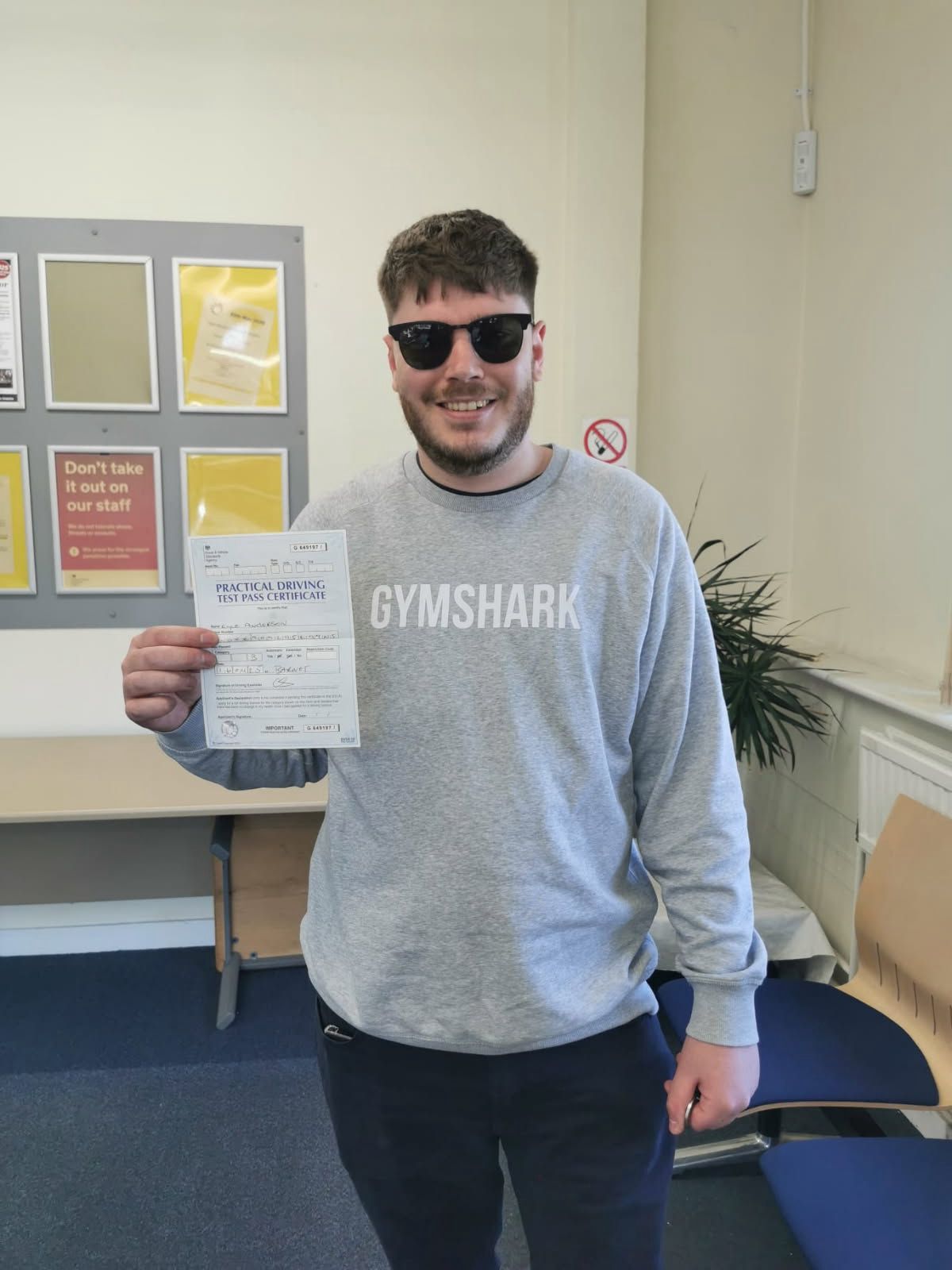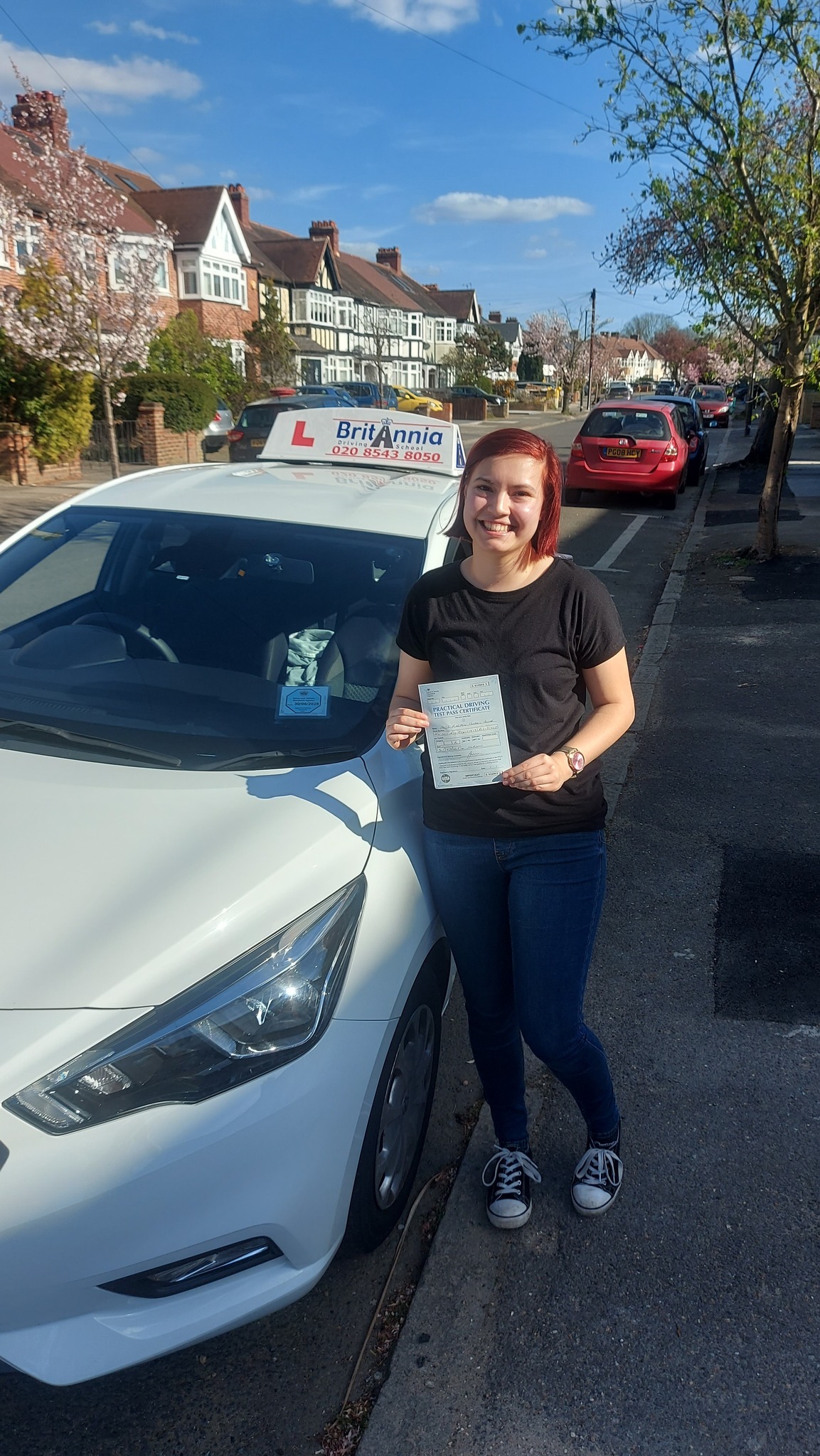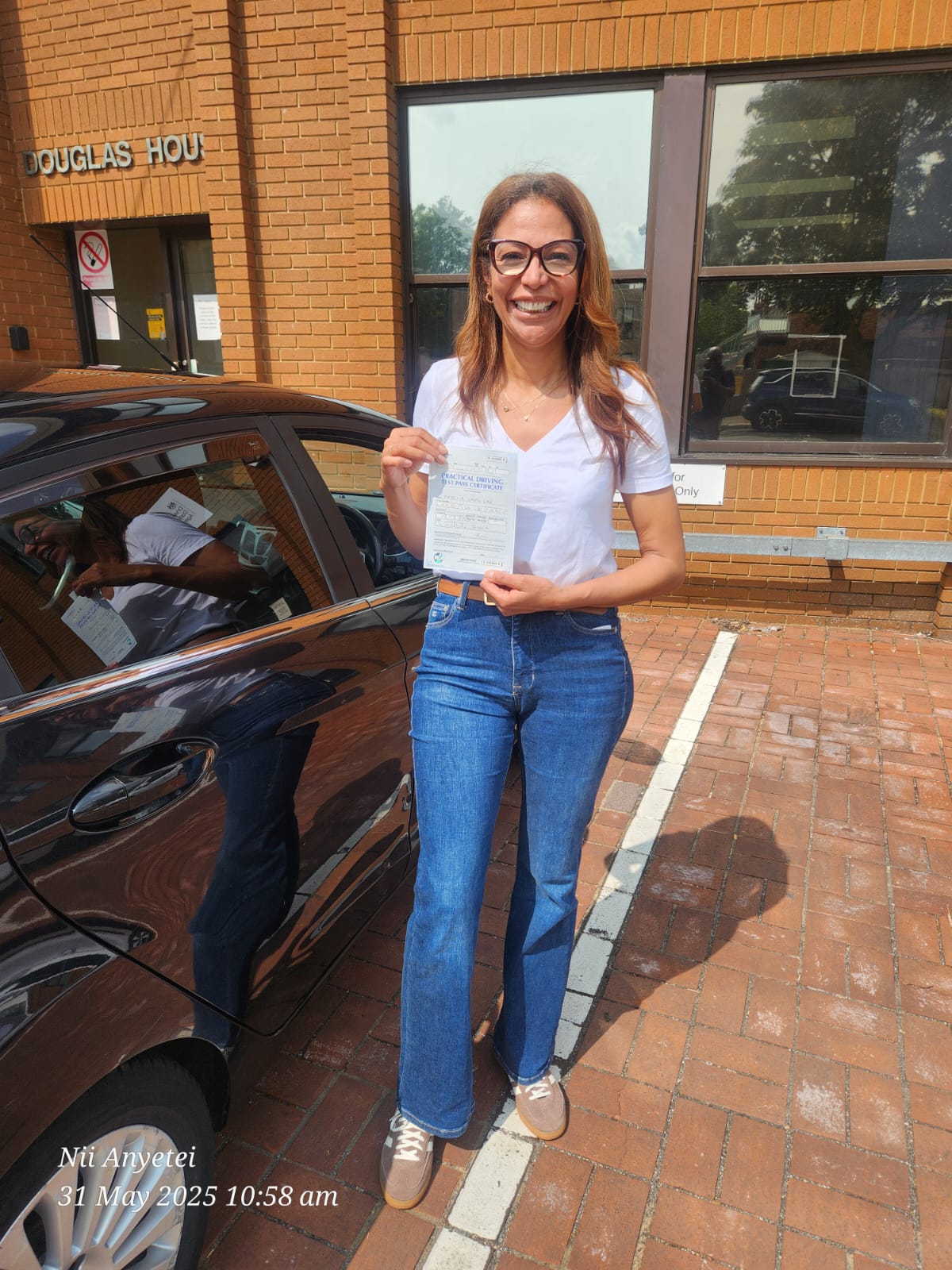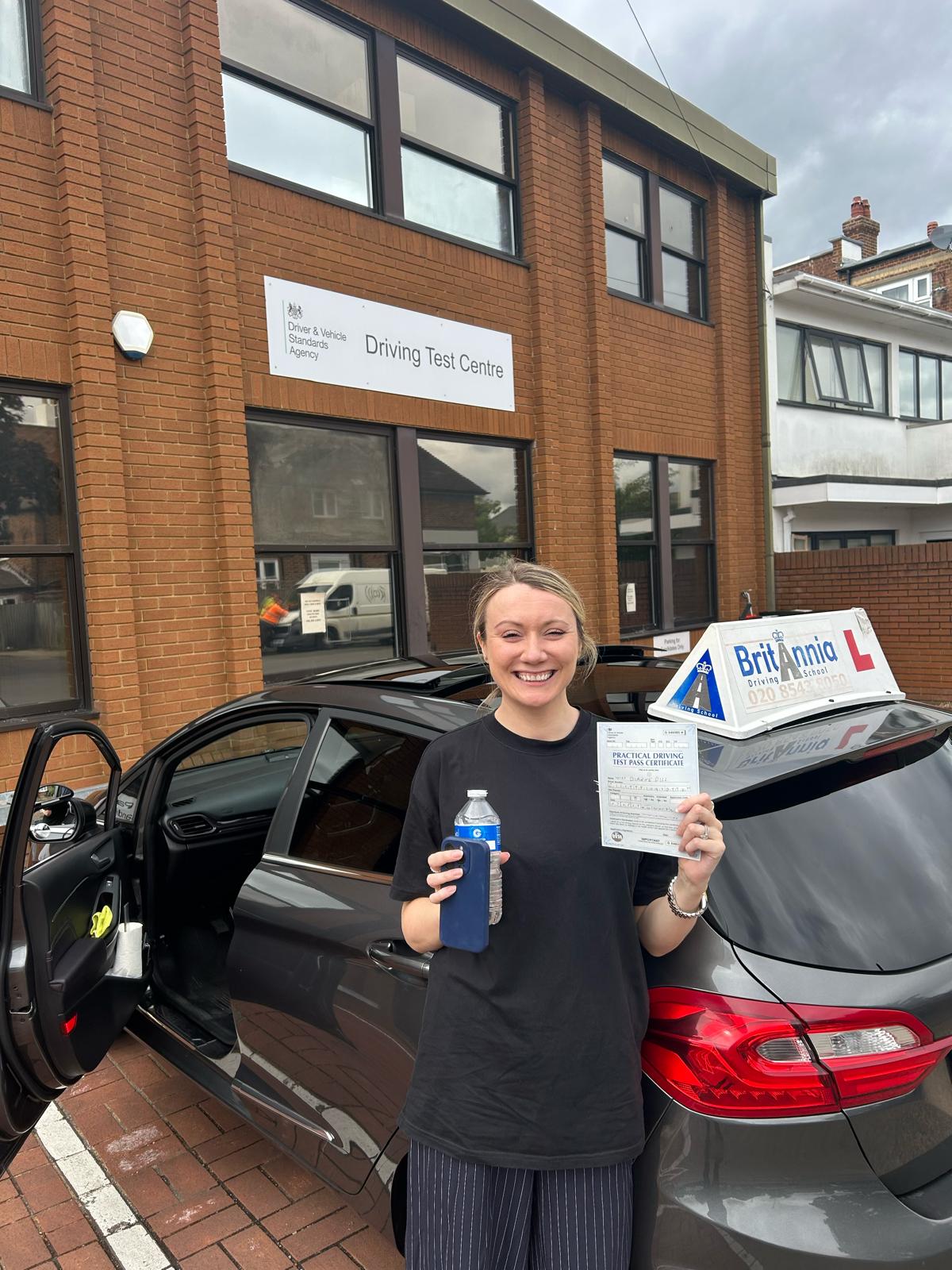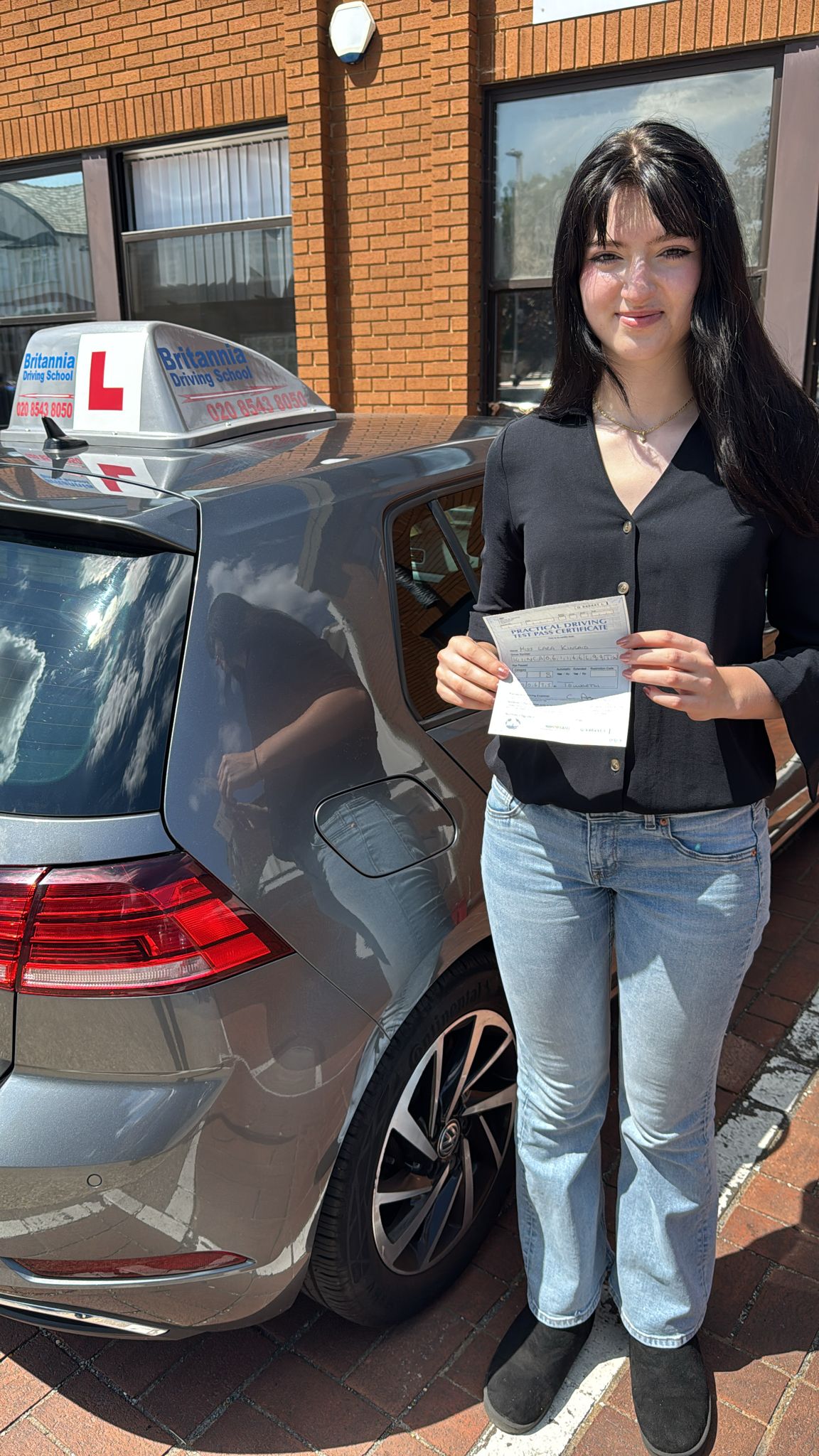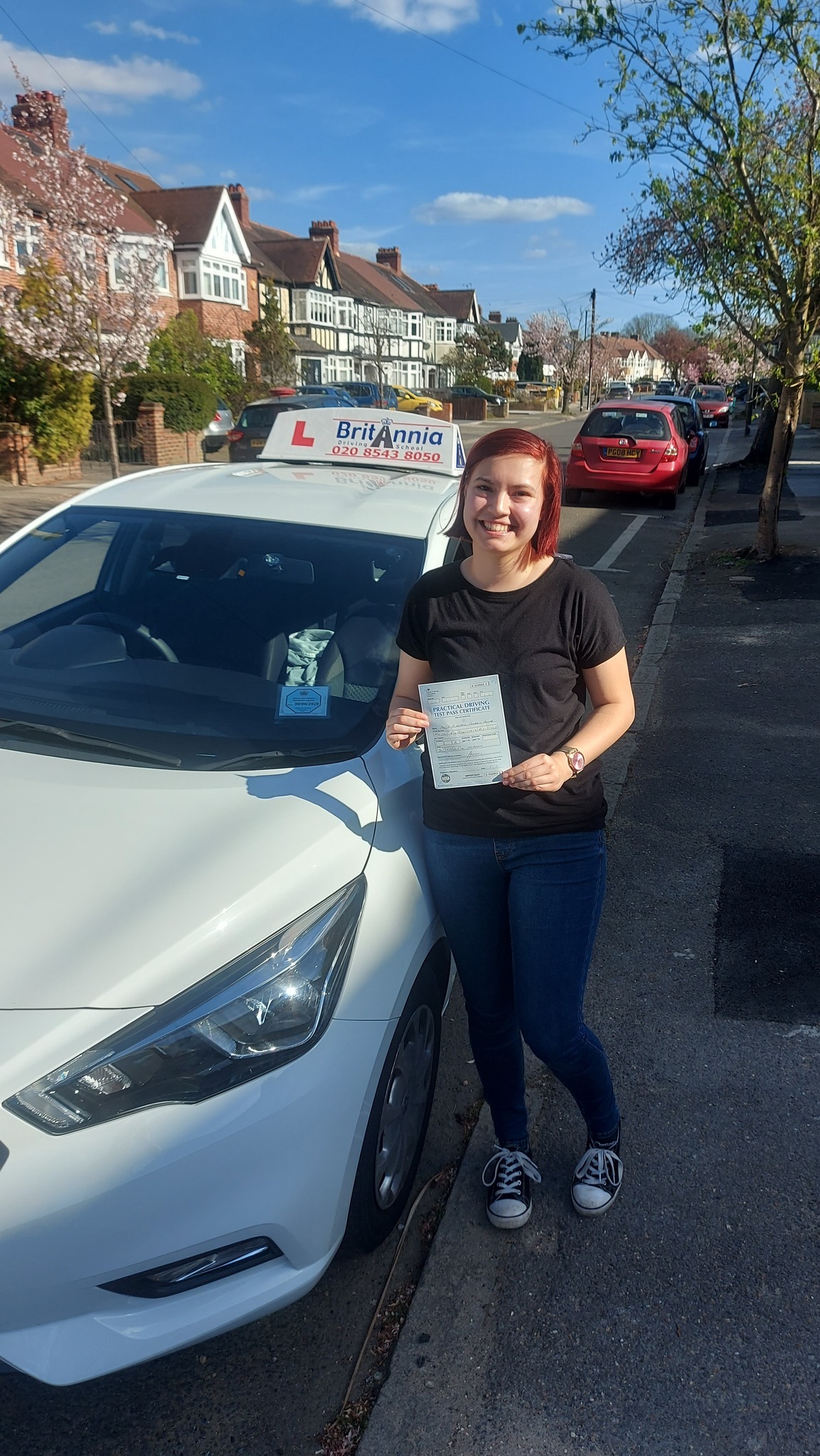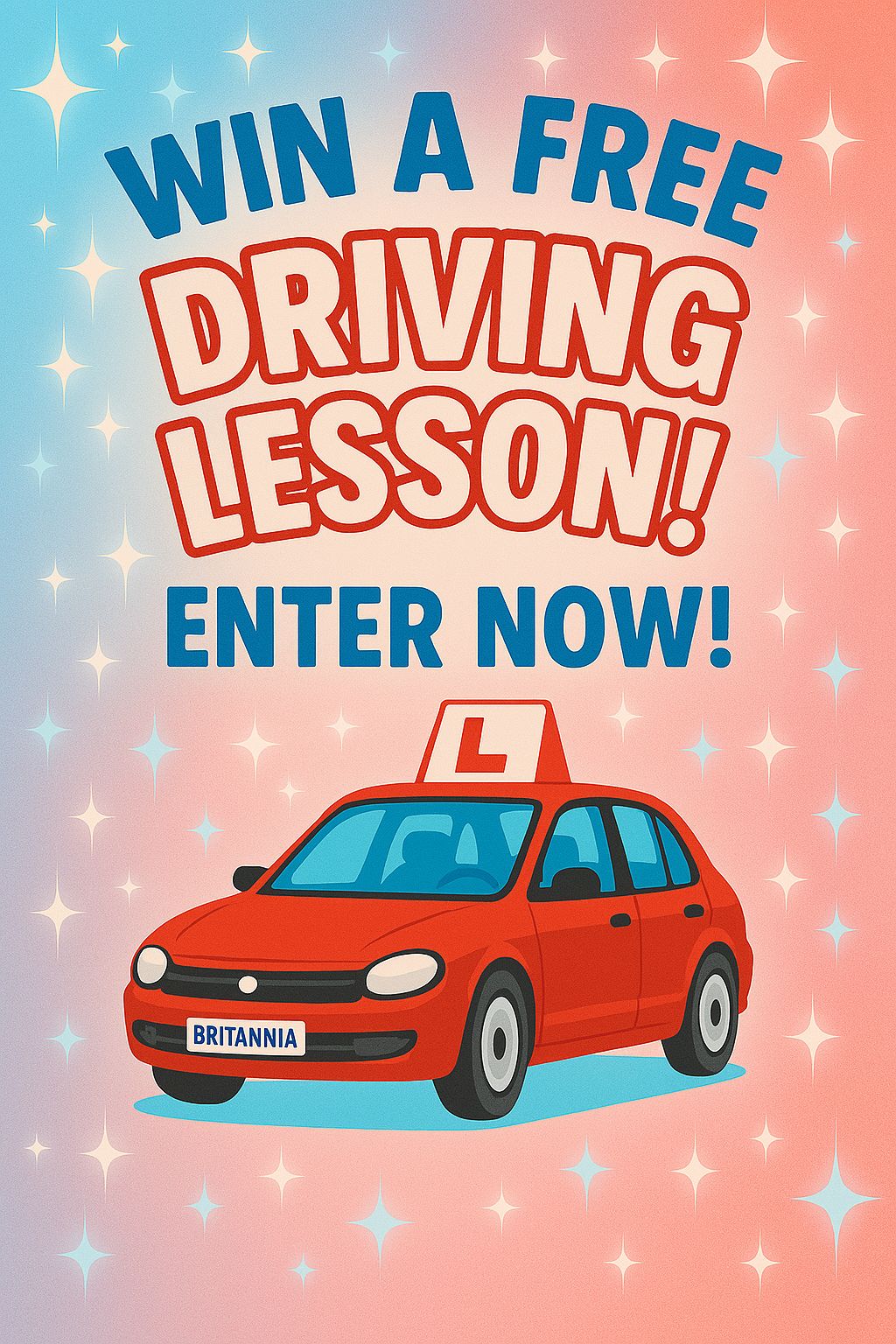Looking for driving lessons in London or Surrey and tired of the same old road? You’ve probably noticed one name zooming ahead of the pack: Britannia Driving School. From TikTok testimonials to glowing five-star reviews, Britannia isn’t just coasting-it’s accelerating into the fast lane of driving education. So, what’s causing all the buzz? Buckle up, we’re taking a scenic route through their success story.
30 Years on the Road—and Still in Top Gear
Let’s face it: in a world full of “pop-up” driving schools that disappear faster than your Uber Eats order, Britannia is a welcome classic. With over three decades of experience, they’ve taught entire generations how to handle roundabouts without panic, reverse park without tears, and navigate test routes like seasoned pros.
These instructors aren’t guessing what examiners want-they know. It’s like being taught by a driving Jedi who’s seen it all and lived to teach about it.
- Lessons Built for Real Life (Not Just the Test)
Need flexible hours? Crash course before your theory test next week. Lessons in automatic because manual feels like trying to drive a dinosaur. Britannia has it covered.
They tailor lessons to suit you-whether you’re a terrified first-timer or someone dusting off an expired license from 2006. Plus, their pricing is fair and transparent, with DVSA-licensed instructors who are more “friendly mentor” than “grumpy driving school sergeant.”
And yes, they work evenings and weekends, because your job/university/kids/pet parrot won’t teach you how to drive.
- Tech That Keeps You in the Driver’s Seat
Britannia isn’t stuck in the stone age of spiral-bound logbooks and phone-tag scheduling. Their website is as smooth as a clean gear change-allowing you to book lessons, see prices, and track your progress online.
They even offer online theory test support that doesn’t involve ancient CD-ROMs or guesswork. You’ll feel prepped and confident-without memorising the entire Highway Code in one sleepless weekend.
- Praise That’s Fuelling the Fire
Hop onto Reddit, TikTok, or Google Reviews, and you’ll find learner drivers practically writing love letters to Britannia’s instructors. The consensus? They’re kind, patient, encouraging, and somehow manage to explain clutch control in a way that makes sense.
Review sites are full of five-star ratings, glowing thanks, and emotional pass-day selfies. If applause could be heard over an engine, Britannia would need earplugs.
- Driving With a Bigger Purpose
Britannia isn’t just trying to get you to squeak by the test-they’re committed to building safe, skilled, road-savvy drivers for the long haul. That means they’ll teach you how to handle the unpredictable world of UK roads-rain, cyclists, potholes, and all.
With the DVSA constantly raising the bar on standards, that long-term mindset could make the difference between passing the test and panicking at a roundabout.
Final Verdict? Britannia Isn’t Just Riding the Wave-They’re Leading the Convoy
Whether you’re itching to get your first license or picking up driving again after a break, Britannia Driving School offers the perfect mix of experience, modern convenience, and learner-first thinking. With a smart tech platform, flexible lessons, and instructors who care, it’s no wonder they’re getting noticed.
In short? Britannia isn’t just teaching driving-they’re redefining it. And judging by the buzz, they’re doing a pretty fine job of it.
 Buy Gifts Vouchers Here
Buy Gifts Vouchers Here Intensive Driving Courses
Intensive Driving Courses Driving Test Booking Services
Driving Test Booking Services



